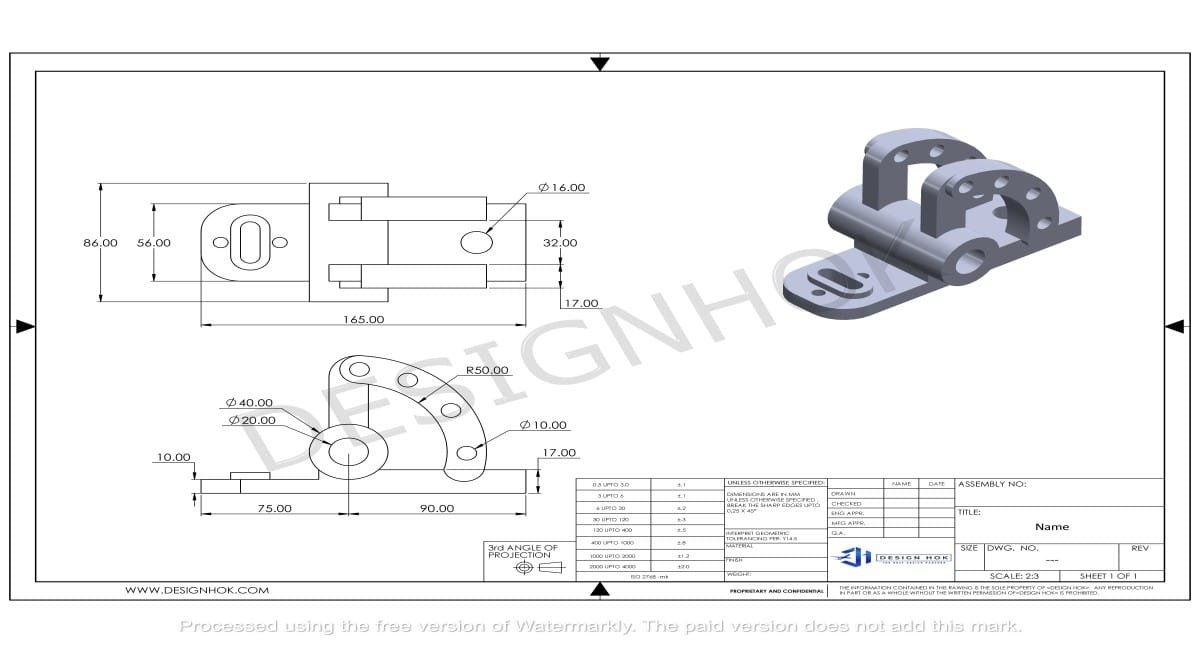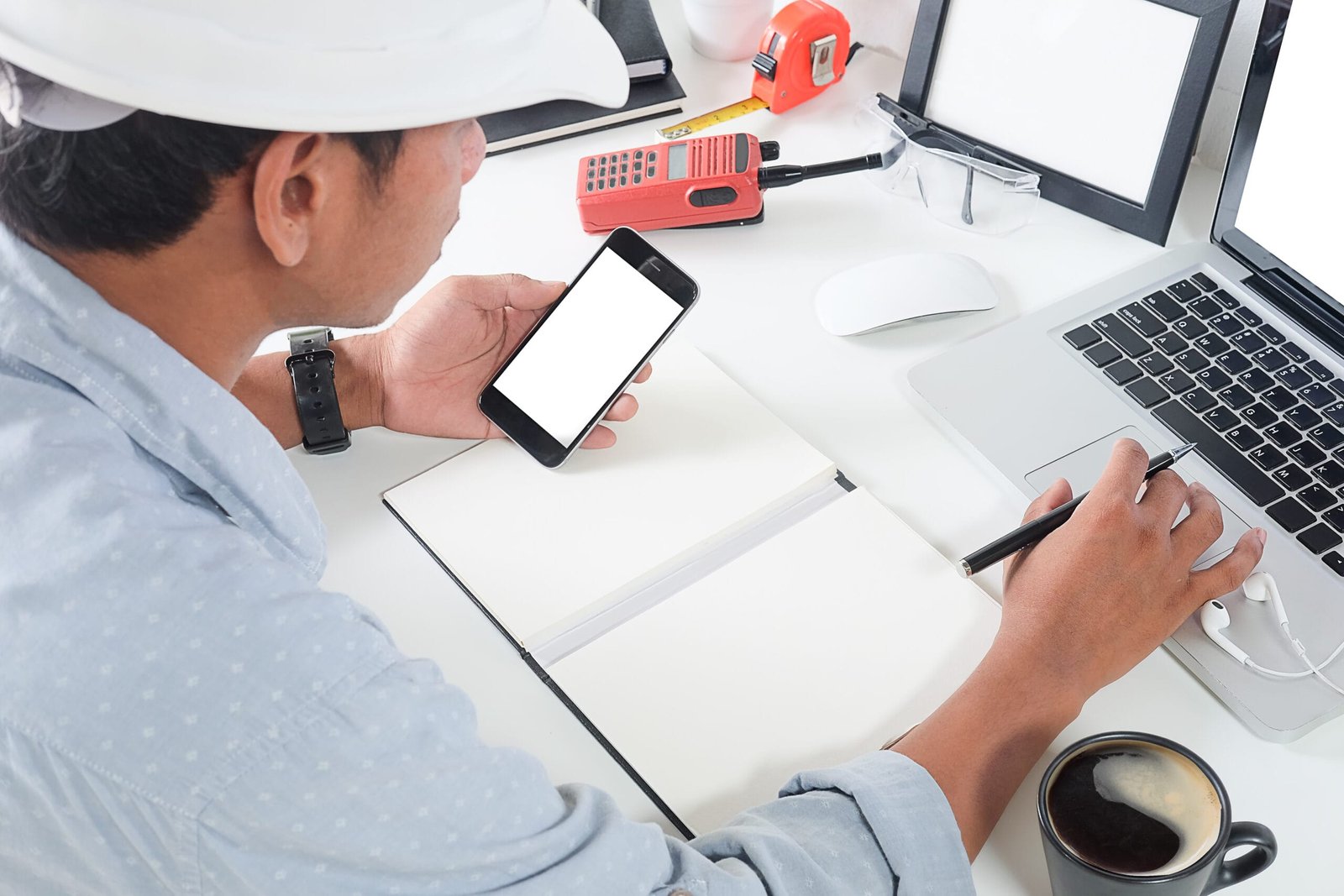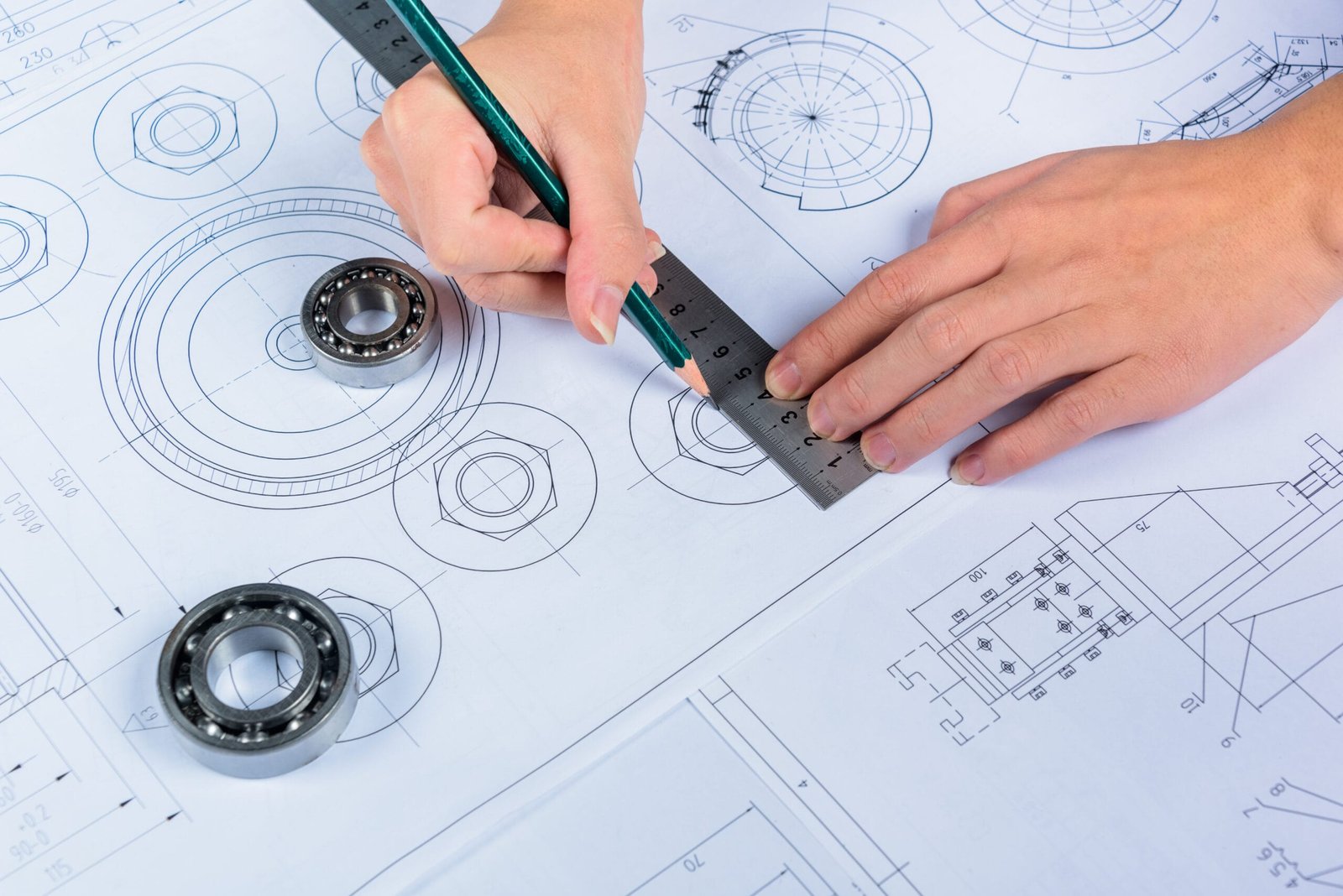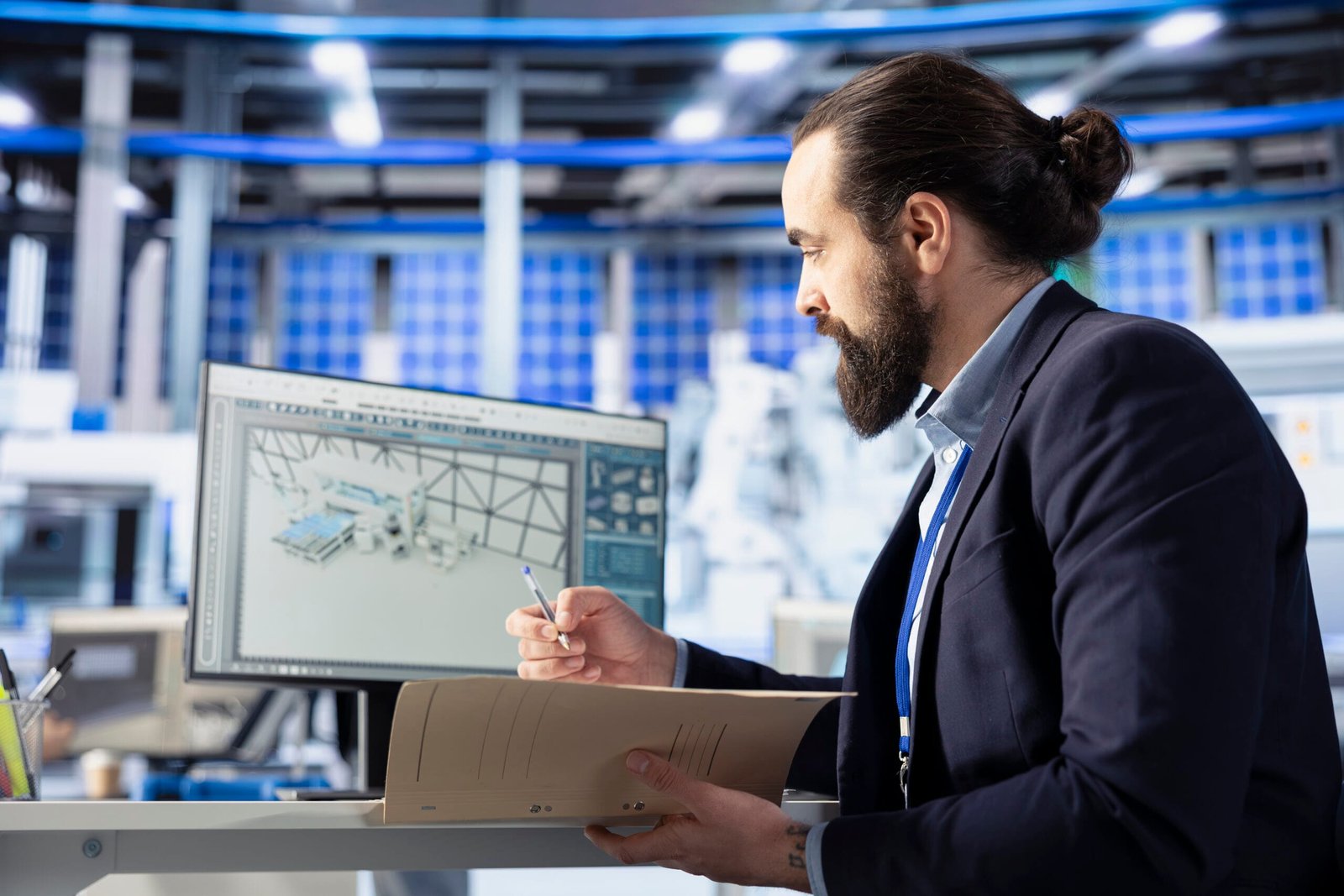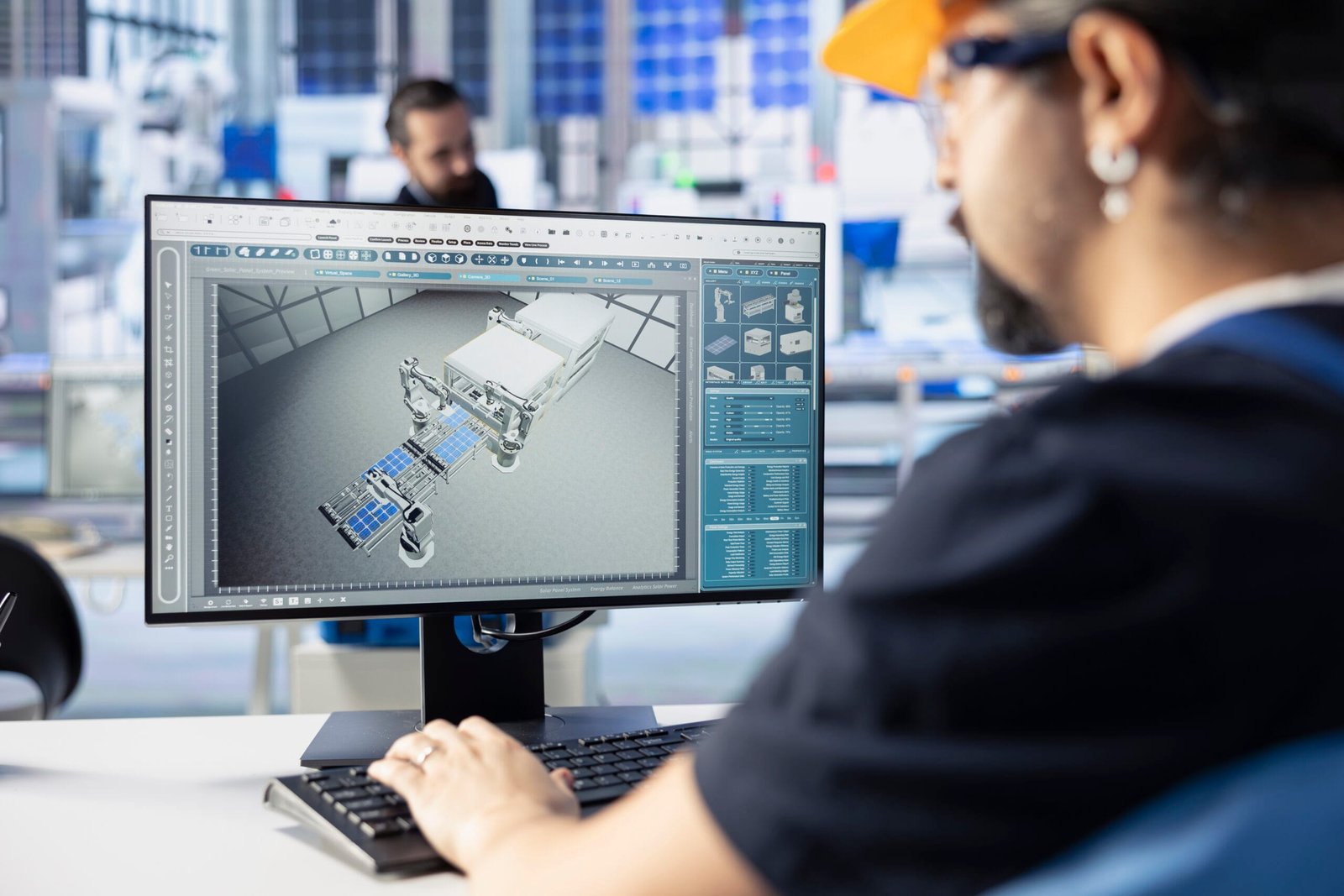Description: Discover how DesignHok’s Prototype Rendering for Parts services for parts help engineers, designers, and manufacturers visualize, refine, and finalize their components before production.
In the competitive world of mechanical design and manufacturing, getting a product from concept to reality involves more than just brilliant ideas and technical drawings. It requires a clear vision, precise representation, and detailed planning. That’s where Prototype Rendering for Parts becomes essential. At DesignHok, we specialize in translating your 2D and 3D designs into stunning, highly accurate prototype renderings that support better decision-making, reduce errors, and accelerate the product development process.
In this blog, we’ll explore what prototype rendering is, its benefits, and how DesignHok provides exceptional rendering services that enhance the design and engineering workflow.

What is Prototype Rendering for Parts?
Prototype Rendering for Parts is the process of creating photorealistic images or animations of a part or component based on its CAD model. This technique is used to visualize what a part will look like once it is manufactured — even before a physical prototype is made.
These renderings are not just about aesthetics. They play a key role in helping engineers, designers, and clients understand the geometry, materials, finishes, and assembly of a product part. It’s a powerful way to communicate design intent clearly and effectively.
Why Prototype Rendering Matters in Product Development
- Enhanced Visualization
Renderings provide a realistic look at a part’s final appearance, including lighting, shadows, textures, and reflections. This helps stakeholders visualize the product without having to rely solely on technical drawings. - Better Communication
Whether you’re explaining your concept to a client, supplier, or internal team, a 3D rendering speaks louder than lines on a page. It reduces misunderstandings and ensures everyone is on the same page. - Cost and Time Efficiency
Instead of spending time and money on physical prototypes that may need multiple revisions, digital renderings allow you to evaluate and refine the design first. This reduces the number of iterations and speeds up the development cycle. - Design Validation
A detailed rendering can highlight potential design flaws or aesthetic issues before anything is physically built. This allows engineers to make adjustments early in the design process. - Marketing and Presentation
Even before a product is manufactured, prototype renderings can be used for brochures, investor pitches, and online previews. This can create interest and secure funding or pre-orders.
What Makes DesignHok’s Prototype Rendering for Parts Services Unique?
At DesignHok, we understand that every component plays a critical role in the performance of the whole product. Our rendering process focuses on both technical precision and visual quality, ensuring that your prototype looks and feels as close to reality as possible.
Here’s how we do it:
1. Accurate CAD-to-Render Integration
We begin with your 2D or 3D CAD files and convert them into detailed, textured renderings. Whether it’s an intricate mechanical gear, a custom bracket, or a plastic molded part, we maintain geometrical accuracy while enhancing the visual appeal.
2. Material & Texture Realism
Our designers simulate real-world materials—metal, plastic, rubber, glass, and more. We add textures like brushed aluminum, matte plastic, or chrome finishes to bring authenticity to the rendered part.
3. Lighting & Environment Setup
We apply advanced lighting techniques to reflect how your product would look under natural or artificial light. Shadows, highlights, and reflections are adjusted to achieve photorealism.
4. Multiple Viewpoints & Animations
Need an exploded view or an assembly animation? We create multi-angle images and short videos that showcase how different components fit and function together. This is ideal for user manuals or manufacturing instructions.
5. Client Collaboration & Revisions
Your feedback is key. We work closely with you during every stage of the rendering process, offering revisions until the output aligns with your expectations.
Applications of Prototype Rendering for Parts at DesignHok
- Mechanical Parts & Components: Gears, shafts, joints, casings, enclosures
- Consumer Product Components: Plastic parts, buttons, covers, handles
- Automotive Parts: Engine components, interiors, dashboards
- Industrial Equipment: Machine parts, valves, connectors
- Medical Devices: Housings, ergonomic grips, device enclosures
Whether you’re in automotive, consumer electronics, industrial design, or medical manufacturing, DesignHok delivers renders that support smarter engineering.
Benefits of Choosing DesignHok for Your Prototype Rendering for Parts Needs
- ✅ Fast Turnaround Times
- ✅ Competitive Pricing Packages
- ✅ High-Resolution Renders Ready for Print & Digital Use
- ✅ Expertise in Mechanical and Industrial Design
- ✅ Professional Team with Engineering and Visualization Background
How the Process Works
- Submit Your Design Files
Send us your CAD drawings (2D or 3D formats like .DWG, .STEP, .STL, etc.) along with any material or texture references. - Initial Rendering Preview
We’ll provide an initial rendered image or animation for review. - Feedback & Revisions
You provide feedback on lighting, materials, views, etc., and we make the adjustments. - Final Delivery
Once approved, we send you the final high-resolution renders or animations in your preferred format.
Final Thoughts
Prototype Rendering for Parts is more than just a design enhancement — it’s an essential part of today’s engineering and manufacturing ecosystem. With DesignHok’s rendering services, your concepts can be visualized with precision, clarity, and aesthetic appeal — all before committing to expensive manufacturing.
Whether you’re launching a new product, refining a component, or preparing a technical presentation, our team is here to transform your vision into a powerful visual asset.
Frequently Asked Questions (FAQ)
Q1: What file types do you accept for prototype rendering?
We accept a wide range of file types including .DWG, .STEP, .IGES, .STL, .OBJ, and .3DM. If you’re unsure about your file type, contact us and we’ll guide you.
Q2: How long does a typical rendering project take?
Most small parts can be rendered within 2–4 business days. Complex assemblies or animations may take longer depending on the project size.
Q3: Can I request changes after the initial render?
Yes. We offer revision rounds to ensure the final render meets your expectations. Minor changes are usually included in the base quote.
Q4: Do you also offer physical prototyping services?
Currently, DesignHok specializes in digital prototype rendering, but we can connect you with trusted partners for physical prototyping if needed.
Q5: What industries do you serve?
We serve clients across industries including mechanical engineering, automotive, consumer electronics, medical devices, and industrial equipment manufacturing.

